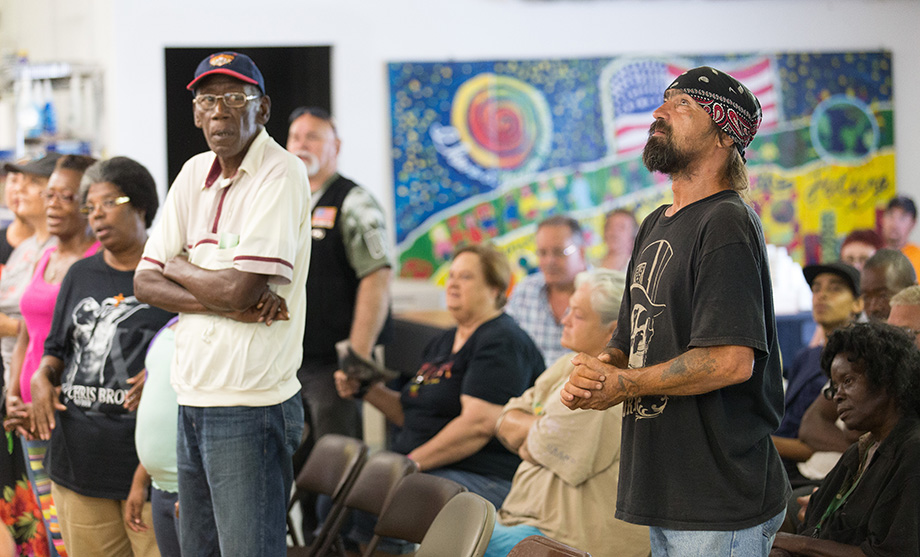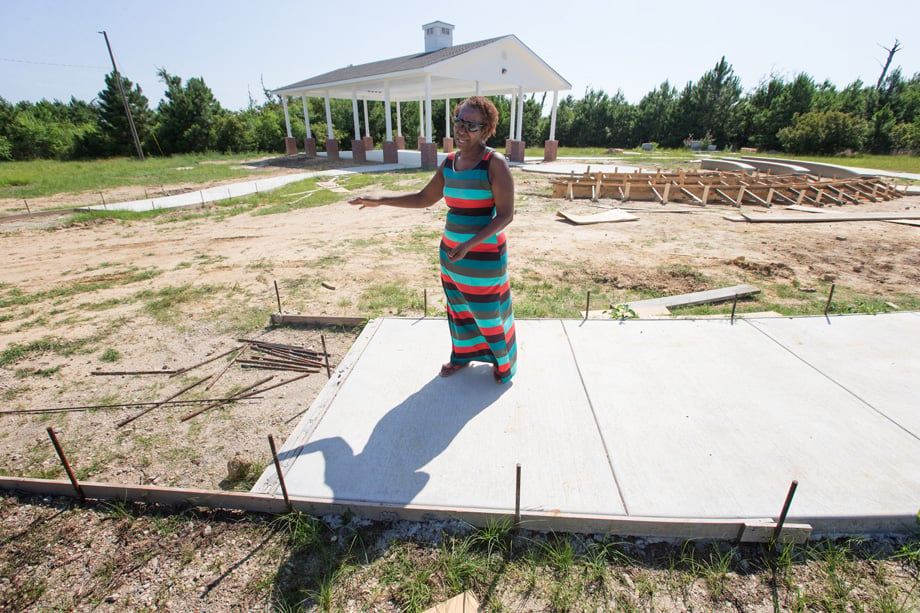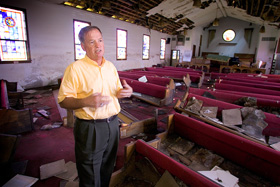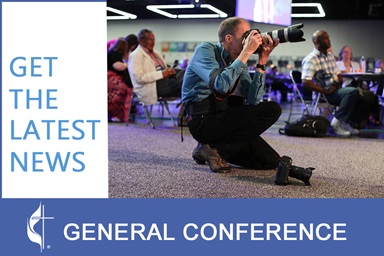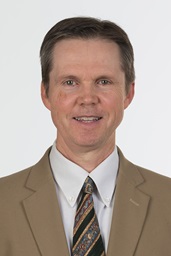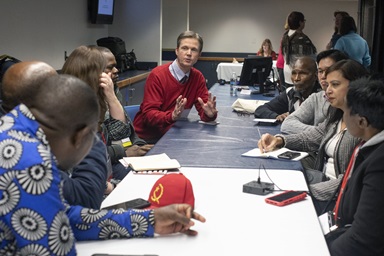When the waters finally receded from Hurricane Katrina, life looked hopeless. An ugly gray sludge coated everything, mold “bloomed” everywhere. The smell was unbearable and unforgettable.
In the decade following Aug. 29, 2005, United Methodist News Service made many visits to places wrecked by Katrina. Progress has been made and in 2015, after all the darkness, silver linings have begun to emerge. Churches have been rebuilt and ministries are stronger than before.
Hundreds of thousands of United Methodists took part in that recovery with their hearts, hands and money. Here are their stories of resurrection.
Mission reborn from Katrina’s destruction
Volunteers put lives, homes back together after Katrina
From Katrina to Detroit: New collaborations
9th Ward church endures after Katrina
United Methodist free clinic arose from Katrina
Homeless shelter feeds bodies and souls
Gulfside Assembly re-imagining future of historic site
Pretty on the outside, still broken inside
Like what you're reading? Support the ministry of UM News! Your support ensures the latest denominational news, dynamic stories and informative articles will continue to connect our global community. Make a tax-deductible donation at ResourceUMC.org/GiveUMCom.







